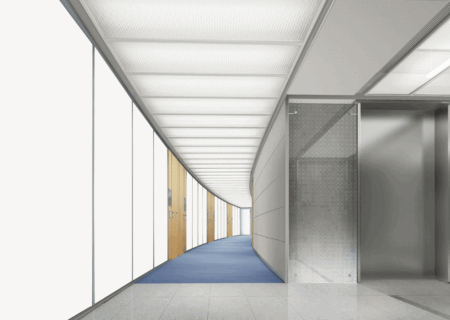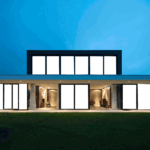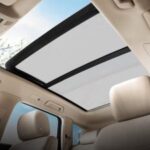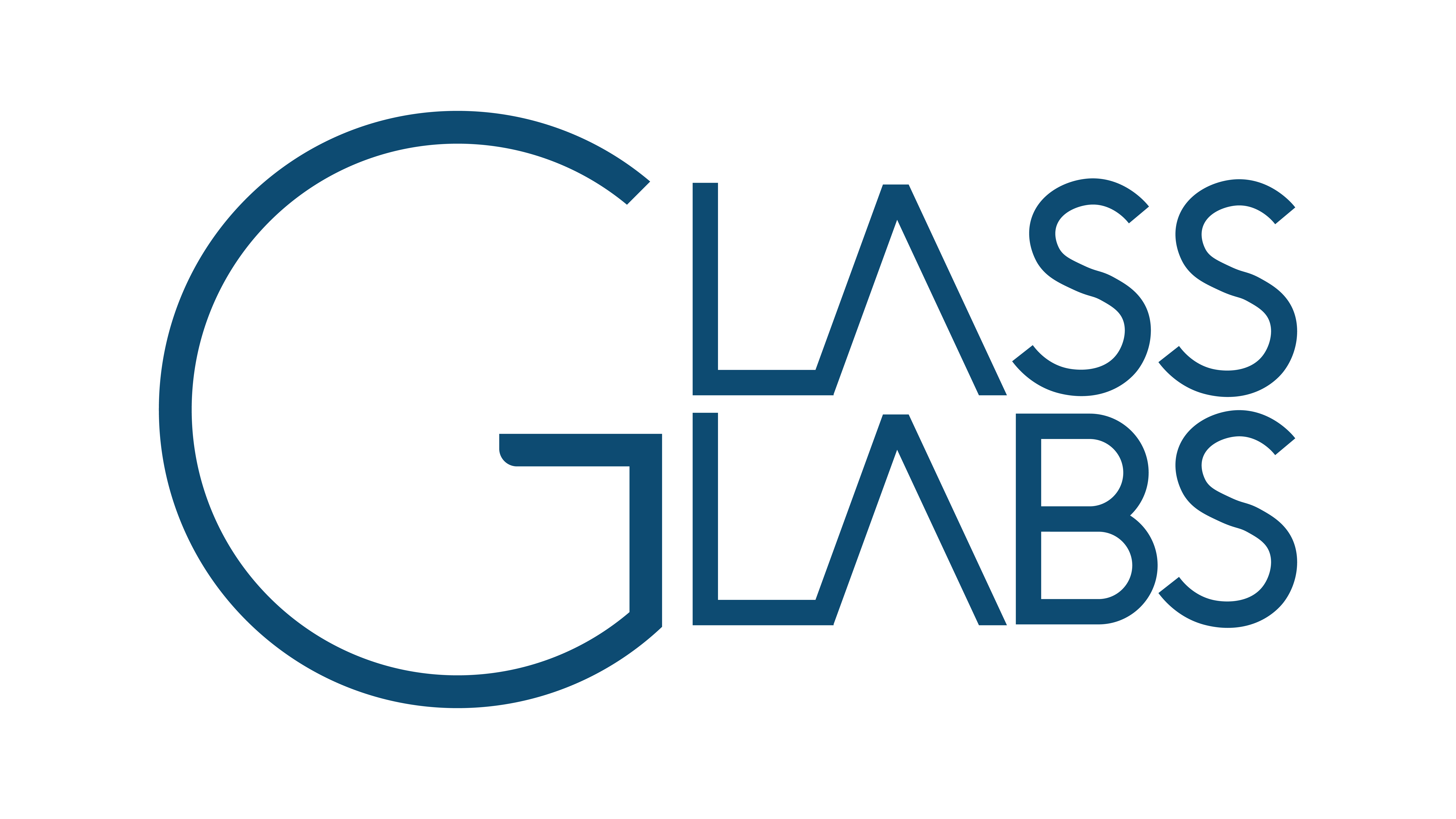
Smart Glass
Glass Labs smart glass redefines privacy, energy efficiency, and aesthetics. Learn how it works and why it’s the future of spaces.
How Smart Glass Works?
Why It Matters
Real Impact

Key Specifications
- Ultra low haze: avg. 2.5%
- UV Blocking: 99%
- Minimal energy consumption: avg. 3W/m²
- Operating Voltages: 42-70 VAC
- Switching Times: 10ms
- Max Width: 1.8m (5.9ft) wide
- Shapes: Standard or custom with holes, notches
- Glass Types: Annealed, Tempered, Clear, Low Iron/Ultra Clear, IG Units
- Grades: Indoor and outdoor available
- Formats: Rolls or C2F sheets for professionals
- Compatible with: PVB, EVA, TPU, SGP interlayers
- Custom laser-etched patterns

Dynamic Privacy
Complete privacy or transparency when you need and want it most
Thermoregulation
Solar Control smart films reflect IR light, providing cooler interiors and less HVAC costs.
Custom designs
Custom shapes and patterns add style and function to windows and partitions
Sustainble and cost effective
Smart glass solutions that combine sustainability with cost-effectiveness for a greener, more efficient future.
Applications

Architecture
Smart Glass provides adjustable transparency, elevating architectural aesthetics both indoors and outdoors while aligning with sustainability standards.

Automotive
Smart glass transforms automotive design by offering adjustable tint levels, enhancing comfort, privacy, and energy efficiency in vehicles.

Hospitals
Transforming hospital spaces with smart glass solutions for privacy, hygiene, and modern aesthetics.
FAQs
1Do smart glasses support gesture controls, and how do they work?
Yes, many smart glasses use gesture recognition to detect hand or head movements via built-in sensors, allowing users to interact with features without physical buttons.
2How do smart glasses handle privacy concerns regarding cameras and recordings?
Smart glasses often include LED indicators to show when recording is active and provide user-controlled settings to ensure compliance with privacy laws and ethical considerations.
3What is the role of AI-powered assistants in smart glasses?
AI assistants in smart glasses enable voice commands, contextual suggestions, and real-time responses, enhancing productivity and usability without manual input.
4Can smart glasses function without a smartphone connection?
Yes, many smart glasses offer standalone features like offline navigation, media playback, and fitness tracking, though advanced functionalities often require pairing.
5What does FOV (Field of View) mean in smart glasses, and why is it important?
FOV refers to the extent of the display visible to the user at one time. A wider FOV ensures a more immersive AR or HUD experience.
6 Are there smart glasses with replaceable batteries, and how common are they?
Few models feature replaceable batteries due to compact designs. Instead, most rely on fast-charging technology or battery packs for extended use.
7How do smart glasses manage sunlight visibility on their displays?
Smart glasses use technologies like adaptive brightness and anti-glare coatings to maintain screen clarity even under direct sunlight.
8What makes dual-display smart glasses more effective than single-display ones?
Dual-display systems deliver independent visuals to each eye, enabling richer 3D effects and more accurate depth perception for AR applications.


